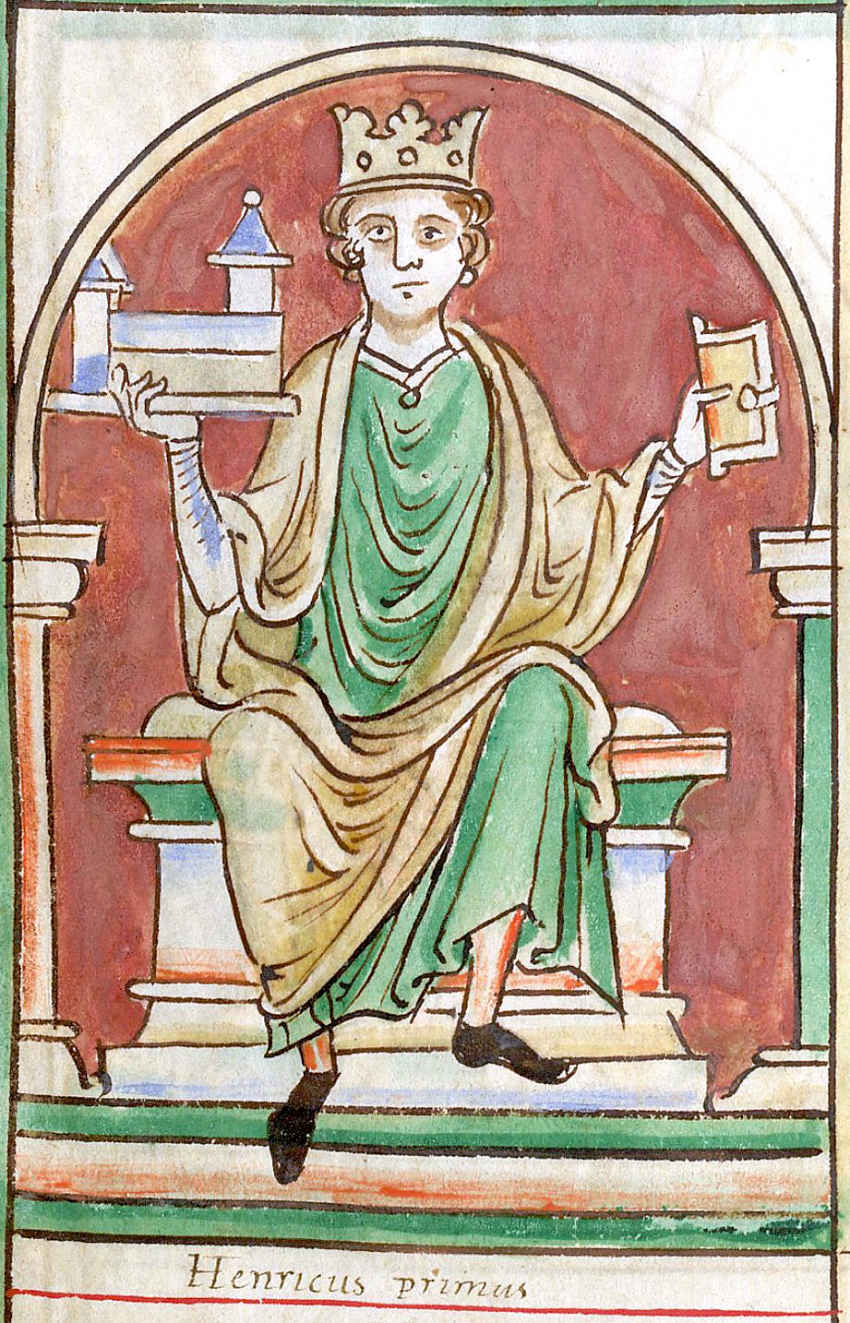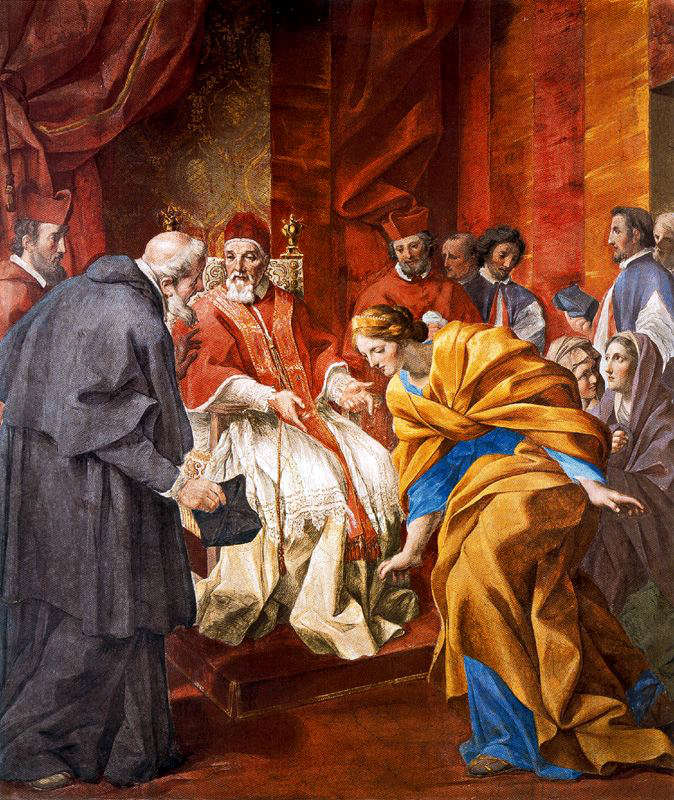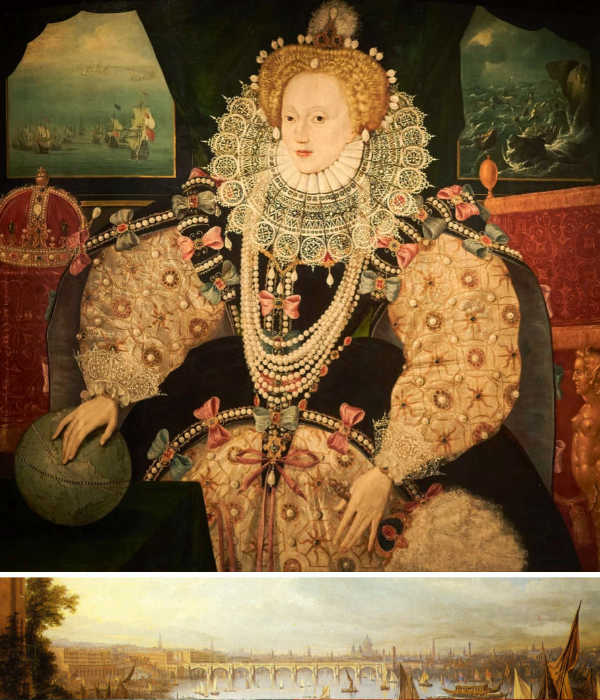Going native
Henry I
Born c.1068, possible Selby, England Died 1 December 1135, Normandy
Youngest son of William the Conqueror, left no land by his father, became king of England. Understood the importance of history.

On 2 August 1100 William Rufus and Henry made for Winchester. Both were younger sons of William the Conqueror and both were kings of England. Rufus’ journey was slow. Newly dead from, with the benefit of the doubt, a hunting accident and abandoned by his noble and soldierly attendants, the king was left to be transported on a cart by “lowly folk”, the blood still running from his wound, to be buried by the monks the next day. Henry, from nearby, rode at top speed to the royal treasury to secure it, and with it the English crown.
Henry understood. If he was to succeed where his brother had not, it would be the institutions of royal government that would enable him to do it. Rufus, like his father, had based his rule on his own personality. Rufus was Rufus. Henry would be king. But those institutions relied on security and succession, and this relied on the royal family. Understanding this would be one of Henry’s biggest assets, right up until the moment it became his biggest problem.
And problems there were. The era-defining questions of lordship and how Church and State were to get along that had emerged under Rufus remained. While this is a fair indication that they were not caused by Rufus’ volatile personality, it meant that they would not be solved by his removal. Their eldest brother, Robert Curthose duke of Normandy, was about to return from the Crusade with treasure and a reputation burnished just enough for Anglo-Norman nobles to forget his less inspiring first tenure as duke. Once again, nobles with lands on both sides of the Channel would be faced with having to do right by two lords. The disputes with the Church around recognition of the pope, now Paschal II, and the state’s role in choosing churchmen still rumbled on. Anselm, archbishop of Canterbury and the main agitator for papal power remained in exile, and yet he was crucial for Henry’s plans.
First the slate needed wiping clean.
…because the kingdom has been oppressed by unjust exactions… I restore to you the law of King Edward together with such emendations to it as my father made with the counsel of his barons… At Westminster when I was crowned. Farewell.
Henry I, Coronation Charter (1100)
Right away, Henry reminded the world of his position. He was not just son of William the Conqueror, he was heir to kings of England dating back near enough two centuries including the sainted Edward the Confessor. Enough years had passed for the Normans to adopt Edward, himself half-Norman, as their own wise old king who brought peace and stability. Before the upheaval of the Conquest. The good old days, even. Henry sat on Edward’s throne in Edward’s abbey and put the crown firmly back in the English tradition.
He went one further. Henry set out to marry Edith - also known as Matilda - daughter of Malcolm, king of the Scots and as niece of Edgar Aethling a descendent of the House of Cerdic and the Anglo-Saxon kings. For Henry she offered two alliances for the price of one. She, however, was also a novice nun. Henry needed the Church to confirm that she was still novice enough. This is where Anselm came in.
Archbishop Anselm had spent his latest exile at the papal court building his reputation as a defender of the Roman Church. He had argued for the Roman Church against the Greeks and, already a true believer, had hardened in the mainstream of Gregorian reform. This would be a negotiation rather than just a reconciliation.
Anselm returned and Henry permitted the church Council of London which took place in 1102. Henry got his bride, but Anselm wanted an end to royal selection of the clergy and an end to clerical homage to the Crown. At London, Anselm also weighed in against clerical marriage and other laxities which he saw as rife within the English Church.
Henry, shrewdly, settled the Council by sending emissaries to Pope Paschal to arbitrate. While the decision in Rome would never be in doubt, it was at least saved for another day. In the face of Henry’s ambivalence, Anselm returned to exile until Henry once again needed the Church on his side four years later.
This time there was a deal to be done. The London treaty of 1107 confirmed that the clergy would be allowed to select their own bishops, but with a very big ‘but’. The agreement specified that the king was to be present at these selection meetings, and that the new bishop was to do homage to the king before the clergy invested them as bishop. It looks as though Henry conceded the main point, and perhaps he did. The nuance was important, however. Henry understood that it mattered how things looked. To an audience unfamiliar with the finer points of canon law and in many cases mostly illiterate in English or French let alone Latin, all they would see is the presence of the king and homage as a requirement for investiture. In an age where style could be much of the substance, this was a clear win for the king.
This turned out to be a far reaching deal. It allowed Henry to raise funds for war with his brother, which was all the king needed it for. The agreement lived on, though, and became the model for the Concordat of Worms between the pope and Holy Roman Emperor Henry V as they settled the Investiture Dispute that had been raging on a far grander scale for decades. England had been the first kingdom to reach a settlement, and under Henry it was extending its reach into Continental Europe in other ways too.

Robert Curthose, duke of Normandy, returned home from Crusade a month after his younger brother William Rufus had met a sudden death out hunting to be succeeded by his youngest brother, Henry I. In a rerun of their father William the Conqueror’s death, the nobility had a choice to make: manage under two lords for their lands in England and Normandy or take sides. The major landholders Robert of Beleme and William de Warenne chose Robert. They were joined by William Rufus’ right hand man, Ranulf Flambard, Henry’s navy and many of the Norman castles. In a rerun of 1066, Robert landed on the south coast the following summer. Henry, having taken on the mantle of Edward the Confessor and the Anglo-Saxon kings at his coronation, called out the fyrd - the old English military levy. Could events repeat themselves once more?
Not this time. Henry took the lead in making sure there would be no second Norman Conquest. He pursued a negotiated settlement with Robert, who was bought off once again by an English king; this time with a pension of £2,000 per year. Robert was duke, Henry stayed king and was allowed to hold onto his Norman strongholds. Together they promised that they “will be as one lord”.
Before long that was more true than both men might have known, although perhaps Henry was not surprised. Robert’s old failings as a lord soon resurfaced. The chronicler Orderic Vitalis talking of the “great suffering” of the Norman church. This was closely followed by requests for assistance flowing across the Channel to Henry. Henry obliged, but there was no altruism and he reunited England and Normandy at the battle of Tinchebrai in 1106. Robert was captured and imprisoned, and would remain so until his death in 1134. He would almost outlive Henry himself.
With this success Henry spread his wings into the medieval great game that was gathering pace. Not that he had much choice. The king of France - then limited to a region around the Ile de France and Paris - and the count of Anjou were historic enemies of Normandy and had lined up alongside Robert and his son, William Clito. Henry, backed by England’s money, was clearly the bigger danger.
Henry responded with more than just campaigning and war. His own marriage to Edith, daughter of king Malcolm of Scotland, was followed by more diplomatic alliances. His young son, William, was betrothed to the daughter of count Fulk of Anjou to pick the county off from its French alliance. Henry’s illegitimate daughter, Matilda, was married to count Conan III of Brittany. These were both topped by the marriage of Henry’s daughter, also called Matilda, to the future Holy Roman Emperor, Henry V. She was crowned his queen in 1110, but at quite a price. Her dowry was £6,666 - essentially a fortune.
As always, the king could do it because England could afford it. This time, though, it needed great steps forward in how the king could pull in that amount of money. Henry and his advisors were to take the old Anglo-Saxon administration - in its day well ahead of what was found on the Continent - and bring it into the twelfth century.
Some Domesday records for counties were updated, showing that Domesday is always nearer than you think. The Exchequer is also seen for the first time: literally a marked cloth for the reckoning and handover of tax, with pipe rolls showing the tax revenues for each county.
Knowledge was money and money was power. This level of centralisation was once again far ahead of England’s Continental rivals, and it was down to the people Henry brought in to the royal government. Itinerant royal justices were sent out regularly with defined royal tasks and may even have been retained for longer stretches. The Constitutio Domo Regis is a document from around 1136 which sets out the workings of Henry’s household. This included the chancellor, treasurer, stallers and butlers with fixed salaries and clear roles. They accompanied the king and meant that where he went government followed. This clarity extended to a viceregal council. This was a stable body of courtiers who ran England during Henry’s absences in Normandy. The queen was nominally in charge of the council up to her death in 1118 but the real power lay with the mastermind of these advances, Roger, bishop of Salisbury.
He pleaded the cases, controlled expenditures himself, personally supervised the treasure, both when the king was in England and also, on his own, when the king was in Normandy.
William of Malmesbury
This was William of Malmesbury’s unambiguous view of Roger’s power. In a letter to Roger himself the bishop of Norwich, Herbert Losinga, wrote that "the queen takes your advice on all matters”. This was probably reality rather than flattery, but how Roger flattered the power of the queen and, no doubt, the king and the institutions of royal government may be the answer to why Roger was a talented innovator and Ranulf Flambard, his equivalent under William Rufus, a greedy henchman. The machine of government, its rules and its steadiness would be its success, distancing it from the government on a whim that haunted Rufus.
And it worked. The 1130 Pipe Roll tells us that the geld was now an annual 2s per hide that raised £25,000 annually. An amount not to be matched for forty years.
This translated into diplomatic success and with it military victories culminating with Henry’s victory over King Louis of France at the battle of Bremule in 1119. Louis’ standards, archive and treasure were captured, Anjou, Brittany, Scotland and the Holy Roman Empire were allies and the disputes with Rome were largely resolved. In a foretaste of chivalry, Henry gallantly returned Louis’ captured baggage. A formal peace was negotiated with Louis in which the French king recognised the right to the duchy of Henry’s son, William. Peace was celebrated and it was time for Henry, his family and nobles to return to England. This was what success looked like.
Almost.
Henry made it safely. The ship with the son and heirs to much of England and Normandy - the White Ship - embarked after more celebration. It was the evening of 25 November and the weather was rough. The boat never made it out of harbour. Two people at most made it back to shore.
From his moment of triumph Henry, now without an heir, would have it all to do again.

